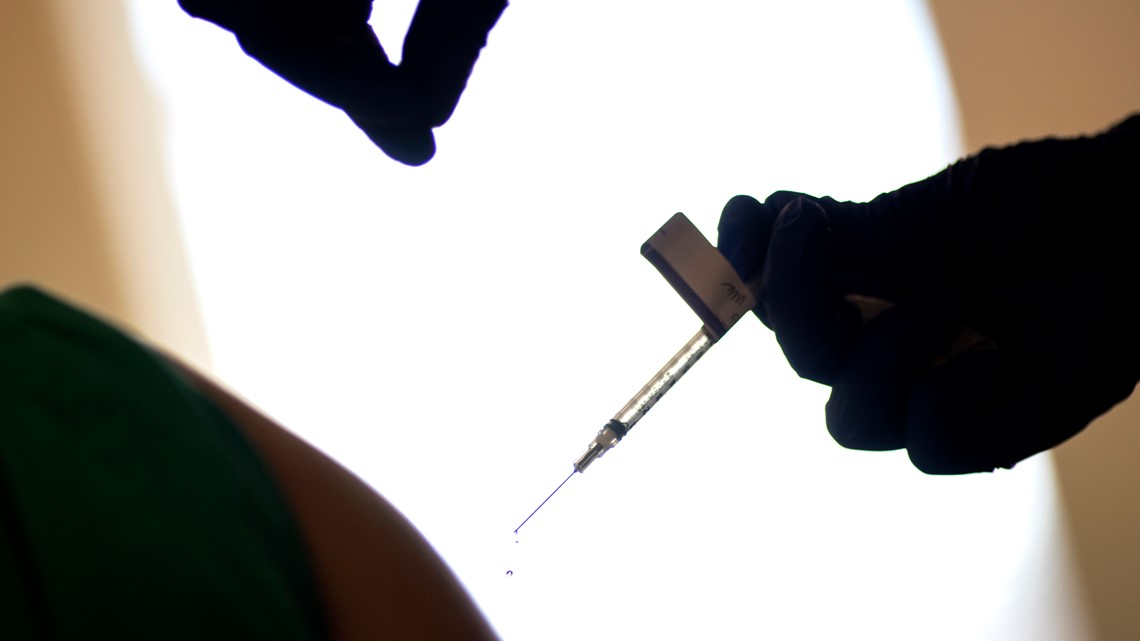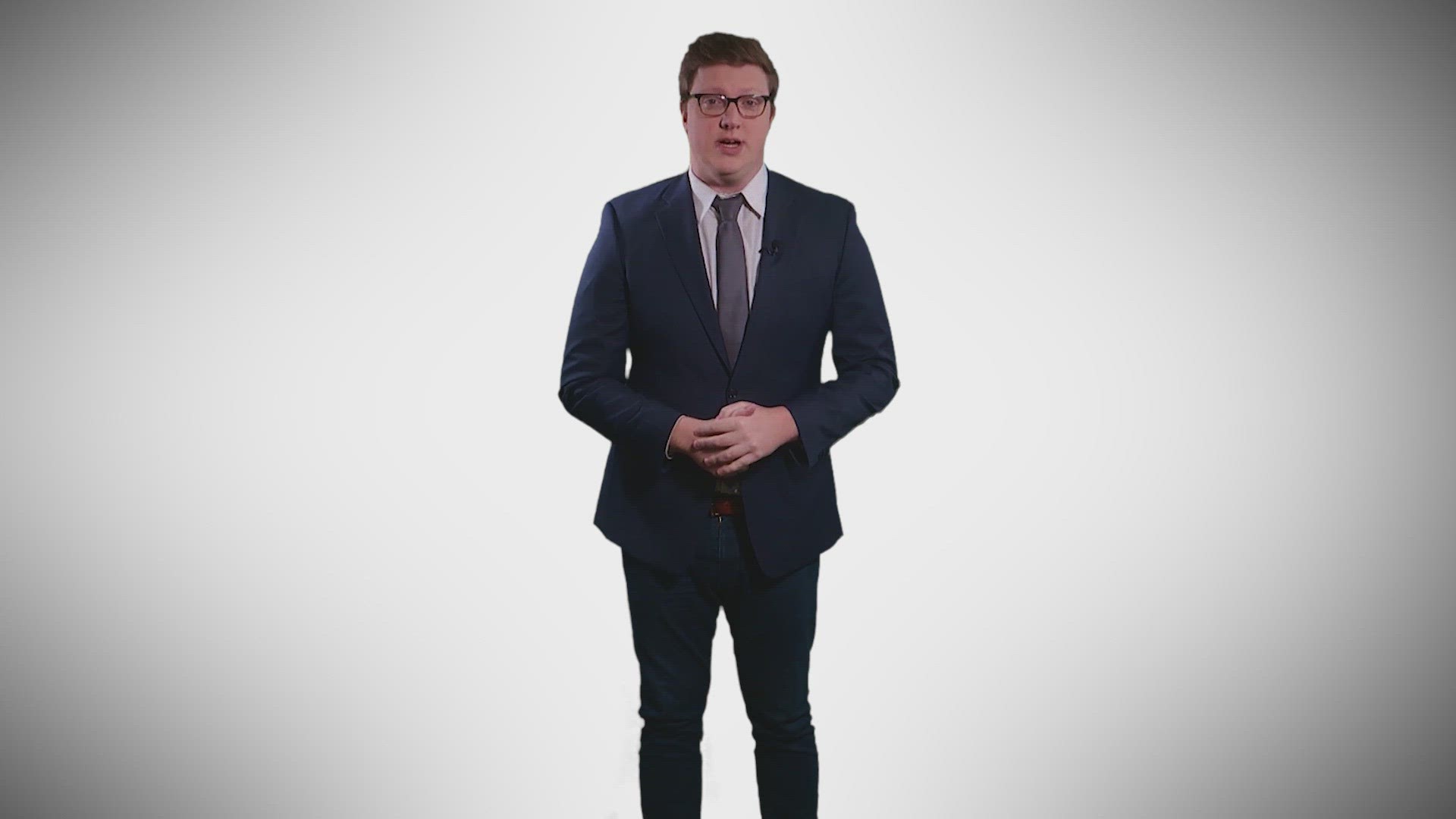NEW YORK — The U.S. COVID-19 vaccination campaign has begun, and the few available doses are mostly going into the arms of health-care workers and nursing home residents.
But what about in January, February and March, when more shots are expected to become available? Who should get those doses?
A federal panel of vaccination experts takes up that question at an emergency meeting this weekend. No matter what the committee decides, there will be differences from state to state.
The panelists are leaning toward putting “essential workers” first because bus drivers, grocery store clerks and similar employees can’t work from home. They are the people getting infected most often, and where concerns about racial inequities in risk are most apparent.
But other experts say people age 65 and older should be next, along with people with certain medical conditions. Those are the people who are dying at the highest rates, they say.
The group is scheduled to vote on the proposal Sunday, one day after it discusses a vaccine made by Moderna.
“I think we know this isn't going to be perfect. We don't have vaccine for everyone right away, so we’re going to have to make difficult decisions,” said Claire Hannan, executive director of an organization that represents the managers of state vaccination programs.
If essential workers are indeed next up, states already have different ideas about who among them should be closer to the front of the line.
In Nevada, for example, teachers and child care staff will be ahead of public transport workers, according to the state’s current vaccination plan. Then come agriculture and food workers, and then retail and utility employees.
In South Dakota, teachers could get access before those working in food and transportation. In Arkansas, the essential workers list includes teachers, prison guards, cops, meatpacking plant workers and mayors.
The advice of the expert panel — the Advisory Committee on Immunization Practices — is almost always endorsed by the U.S. Centers for Disease Control and Prevention. That’s what happened earlier this month, when the group said top priority should be given to health care workers and residents of long-term care homes for the 20 million initial vaccination this month.
But it's not clear things will go the same way in the next phase. The CDC's director, Dr. Robert Redfield, has said he believes priority should be given to people age 70 and older who live with children or grandchildren.
The advisory panel’s chairman, Dr. Jose Romero, told The Associated Press he was aware of Redfield’s earlier comments but had not spoken directly with him about it.
Redfield declined to say if he would prioritize seniors over essential workers, even if the panel recommends the reverse. "I look forward to listening to the advisory group’s discussion, and to receiving its recommendation for consideration,” he said in an emailed statement to the AP.
States don't have to follow the guidance.


After the CDC panel said health care workers and nursing home residents should get the very first doses, most states followed those recommendations. But there have been a few exceptions. Utah said long-term care residents should be in line behind health-care workers, instead of sharing the front with them. Massachusetts included prisoners and homeless people in the first tier while Nevada, New Hampshire and Wyoming did the same for police officers.
State-to-state variations are likely increase in the next priority groups, said the Kaiser Family Foundation's Jennifer Kates, who has been analyzing state vaccination plans.
“I think we're going to see states falling out in different ways,” with some prioritizing seniors over essential workers, Kates said.
Things could get messy. For example, some experts said it's possible that if one state prioritizes certain essential workers and a neighboring state decides to give primacy to seniors, people could try crossing state lines in hopes of getting vaccinated.
"That’s one of the issues of not having a fully national plan of immunization,” said Romero, who also is the head of the Arkansas state health department.
The proposal before the advisory committee relies on a broad definition of essential workers set in August by the U.S. Department of Homeland Security. It counts hundreds of different kinds of jobs as critical infrastructure workforce, including first responders, teachers, communications technicians, weather forecasters, sewage treatment plant employees and people who work in animal shelters.
According to estimates presented to the advisory committee, as many as 87 million people can be counted as essential employees who don't work in health care.
The government expects to be able to start vaccinating only 80 million new people in the first three months of 2021.
It’s possible the committee might consider giving essential workers and seniors equal status, similar to how it said that both health-care workers and nursing home residents should be together at the very front of the line. But that would create a priority group that is far, far larger than the number that can be vaccinated before spring.
The nation has more than 53 million seniors. The CDC also counts more than 100 million Americans as having underlying medical conditions that put them at higher risk for severe COVID-related illness, though there is overlap between the two groups.
Meanwhile, different trade associations and worker groups have been sending emails and other communications to the committee, arguing that they should be given priority.
Julie Russell, representing the Coronado Unified School District in California, urged that teachers and other school workers be prioritized. “We ask that you recognize the importance of the safety of our staff and how many young lives each of us touch,” she said at a meeting last weekend of the same CDC panel.
Dr. Charles Lee of the American College of Correctional Physicians, advocated for those who work in jails and prisons, plus inmates. “There are a lot of essential workers in correctional facilities. Please, do not leave them out,” he said at the same meeting.
Romero said the advisory committee is likely to discuss ways to help states narrow down which essential workers should go first. For example, people who are considered essential but can work from home might be placed further down the list than people who can't stay six feet away from others while on the job.
What about the staff of the Atlanta-based CDC? In a memo to employees that was obtained by the AP, Redfield said the agency will not get a direct allotment of vaccine. However, Georgia's plan allows for certain public health and lab workers to be in the state's highest priority group. Some CDC staff also work at hospitals and clinics, and may be prioritized with staff at those places.
Of course, when more vaccine comes out, “the issue of priority becomes less important,” said Dr. Eric Toner, a Johns Hopkins University scientist who has written about possible vaccination prioritization frameworks.
“The bottom line is we just need to get as many people vaccinated as quickly as we can,” he said.
___
AP writers Candice Choi and Jason Dearen in New York City and Jonathan Poet in Philadelphia contributed to this report.

